Therapeutic Potential of Sel1L and Its Correlation with Immune Cell Profiles in Hepatocellular Carcinoma
DOI: 10.23977/tranc.2024.050117 | Downloads: 19 | Views: 902
Author(s)
Yepeng Wu 1, Wenmin Yao 1, Baoshan Tang 1, Zhixiong Pan 1,2, Hui Tang 2
Affiliation(s)
1 Guangxi Key Laboratory of Molecular Medicine in Liver Injury and Repair, The Affiliated Hospital of Guilin Medical University, Guilin, Guangxi, 541001, China
2 Clinical Laboratory Center, The Affiliated Hospital of Guilin Medical University, Guilin, Guangxi, China
Corresponding Author
Zhixiong PanABSTRACT
The objective of this study is to elucidate the expression patterns of the Sel1L gene and its association with immune cells in hepatocellular carcinoma (HCC), thereby assessing the potential clinical relevance of Sel1L in the diagnosis and targeted treatment of HCC. Utilizing bioinformatics analysis of large-scale data and tissue microarray analysis, we discovered a marked increase in Sel1L protein expression within HCC tissues, implying a significant role in the initiation and progression of liver cancer. Furthermore, we performed enrichment analysis, immunoinfiltration analysis, TISCH and PheWAS analysis to delve into the possible pathways influenced by Sel1L in HCC, its correlation with immune cells, its expression across various cell types, and the potential for pleiotropic effects and side effects as a therapeutic target. Our findings reveal a strong positive correlation between Sel1L expression and the presence of macrophages, CD8+ T cells, and neutrophils, suggesting that elevated Sel1L expression is intricately linked to immune cell quantity and functionality. The PheWAS analysis failed to identify any significant links between Sel1L and other phenotypes, indicating a low likelihood of severe adverse drug reactions or unintended pleiotropic consequences associated with targeting Sel1L in treatment regimens. In conclusion, the Sel1L gene exhibits significantly heightened expression in liver cancer, potentially impacting immune cell counts and functions, positioning it as a promising candidate gene for diagnostic and therapeutic applications in HCC.
KEYWORDS
Hepatocellular carcinoma, Sel1L, Immune cells, Bioinformatics, Tissue microarray analysisCITE THIS PAPER
Yepeng Wu, Wenmin Yao, Baoshan Tang, Zhixiong Pan, Hui Tang, Therapeutic Potential of Sel1L and Its Correlation with Immune Cell Profiles in Hepatocellular Carcinoma. Transactions on Cancer (2024) Vol. 5: 127-135. DOI: http://dx.doi.org/10.23977/tranc.2024.050117.
REFERENCES
[1] R.L. Siegel, A.N. Giaquinto, A. Jemal. (2024) Cancer statistics, 2024. CA Cancer J Clin, 74, 12-49.
[2] B.Y. Zhong, J.Q. Jiang, J.H. Sun, J.T. Huang, W.D. Wang, Q. Wang, W.B. Ding, X.L. Zhu, C.F. Ni. (2023) Prognostic Performance of the China Liver Cancer Staging System in Hepatocellular Carcinoma Following Transarterial Chemoembolization. J Clin Transl Hepatol, 11, 1321-1328.
[3] Y.X. Lu, J.P. Zhao, G.D. Yuan, M.G. Hu, C.D. Sun, K.L. Chen, Y. Chen, Y.Y. Zeng, Z.Y. Yang, W.G. Zhang. (2024) Prevalence, patterns, risk factors and outcomes of peritoneal metastases after laparoscopic hepatectomy for hepatocellular carcinoma: a multicenter study from China. Hepatobiliary Surg Nutr, 13, 3-15.
[4] J. Zhang, Y. Chen, B. Chen, D. Sun, Z. Sun, J. Liang, J. Liang, X. Xiong, H. Yan. (2024) The dual effect of endoplasmic reticulum stress in digestive system tumors and intervention of Chinese botanical drug extracts: a review. Front Pharmacol, 15, 1339146.
[5] S. Reibe, M.A. Febbraio. (2019) Relieving ER stress to target NASH-driven hepatocellular carcinoma. Nat Rev Endocrinol, 15, 73-74.
[6] A. Batel, M. Polovic, M. Glumac, O. Suman, S. Jadrijevic, B. Lozic, M. Petrovic, B. Samardzija, N.J. Bradshaw, K. Skube, V. Palada, M. Acman, I. Marinovic Terzic. (2024) SPRTN is involved in hepatocellular carcinoma development through the ER stress response. Cancer Gene Ther, 31, 376-386.
[7] Y. Ji, Y. Luo, Y. Wu, Y. Sun, L. Zhao, Z. Xue, M. Sun, X. Wei, Z. He, S.A. Wu, L.L. Lin, Y. Lu, L. Chang, F. Chen, S. Chen, W. Qian, X. Xu, S. Chen, D. Pan, Z. Zhou, S. Xia, C.A. Hu, T. Liang, L. Qi. (2023) SEL1L-HRD1 endoplasmic reticulum-associated degradation controls STING-mediated innate immunity by limiting the size of the activable STING pool. Nat Cell Biol, 25, 726-739.
[8] F. Hinte, J. Müller, W. Brune, F. Goodrum. (2021) Viral-Mediated Tethering to SEL1L Facilitates Endoplasmic Reticulum-Associated Degradation of IRE1. Journal of Virology, 95.
[9] M. Mellai, L. Annovazzi, R. Boldorini, L. Bertero, P. Cassoni, P. De Blasio, I. Biunno, D. Schiffer. (2020) SEL1L plays a major role in human malignant gliomas. J Pathol Clin Res, 6, 17-29.
[10] H. Wang, L. Liu, H. Gong, H. Li. (2024) Upregulation of FAM134B inhibits endoplasmic reticulum stress-related degradation protein expression and promotes hepatocellular carcinogenesis. J Cell Mol Med, 28, e17964.
[11] Y.F. Gao, W.H. Li, Z.H. Wang, C.A. Zhang, Y.P. He, X.W. Liu, K.X. Tang, W.G. Zhang, Q.M. Long, Y. Liu, J.P. Zhang, B.J. Zhang, L.J. Zhang. (2023) SEL1L preserves CD8 T-cell survival and homeostasis by fine-tuning PERK signaling and the IL-15 receptor-mediated mTORC1 axis. Cellular & Molecular Immunology, 20, 1232-1250.
| Downloads: | 1236 |
|---|---|
| Visits: | 98805 |
Sponsors, Associates, and Links
-
MEDS Clinical Medicine
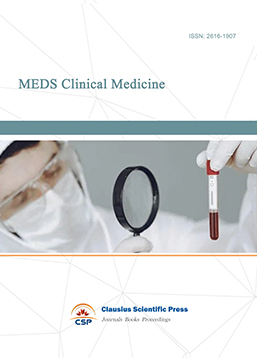
-
Journal of Neurobiology and Genetics

-
Medical Imaging and Nuclear Medicine

-
Bacterial Genetics and Ecology
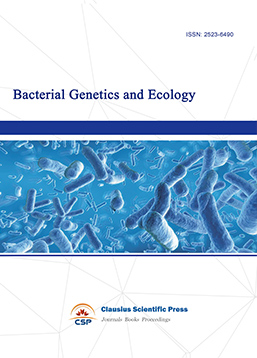
-
Journal of Biophysics and Ecology
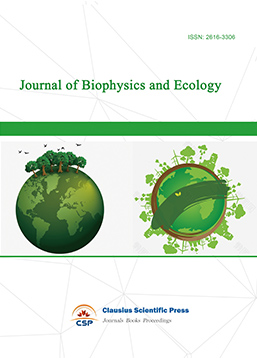
-
Journal of Animal Science and Veterinary
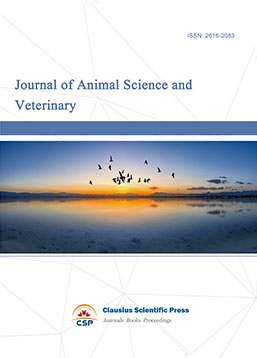
-
Academic Journal of Biochemistry and Molecular Biology
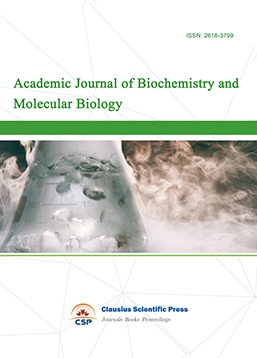
-
Transactions on Cell and Developmental Biology
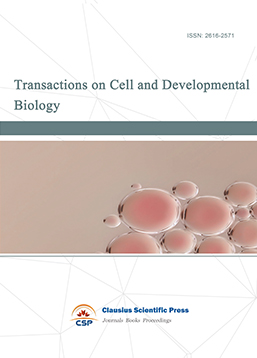
-
Rehabilitation Engineering & Assistive Technology
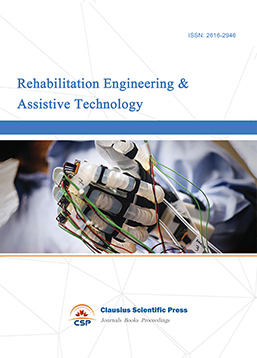
-
Orthopaedics and Sports Medicine
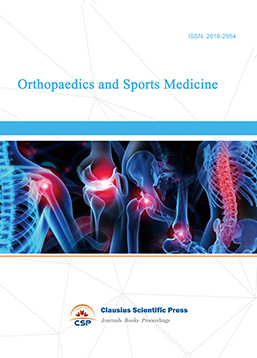
-
Hematology and Stem Cell

-
Journal of Intelligent Informatics and Biomedical Engineering
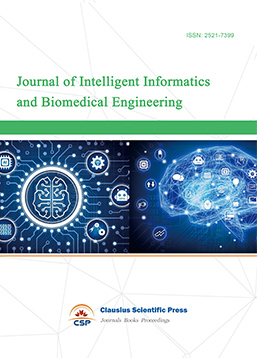
-
MEDS Basic Medicine
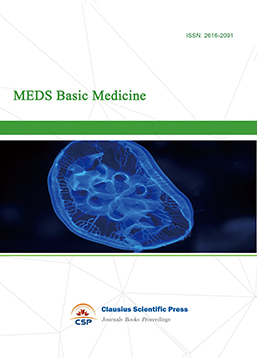
-
MEDS Stomatology
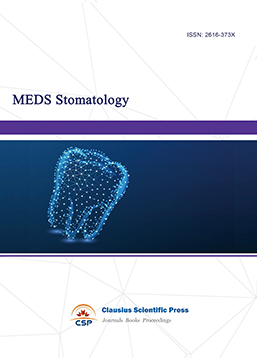
-
MEDS Public Health and Preventive Medicine
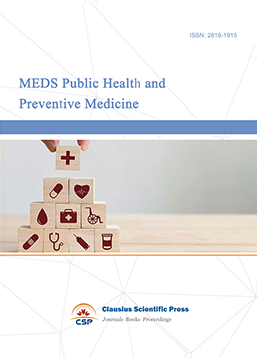
-
MEDS Chinese Medicine
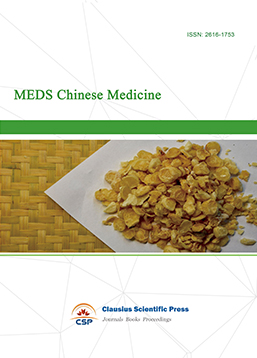
-
Journal of Enzyme Engineering
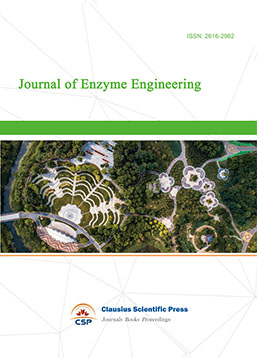
-
Advances in Industrial Pharmacy and Pharmaceutical Sciences
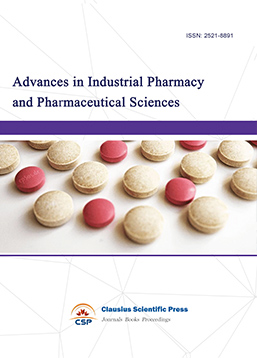
-
Bacteriology and Microbiology
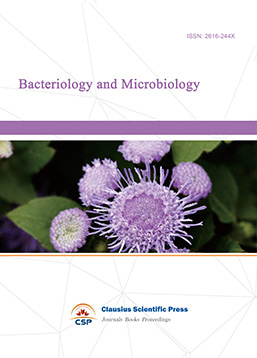
-
Advances in Physiology and Pathophysiology
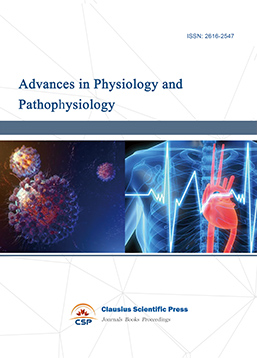
-
Journal of Vision and Ophthalmology
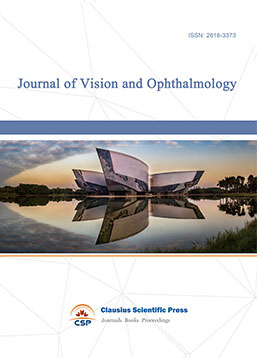
-
Frontiers of Obstetrics and Gynecology

-
Digestive Disease and Diabetes
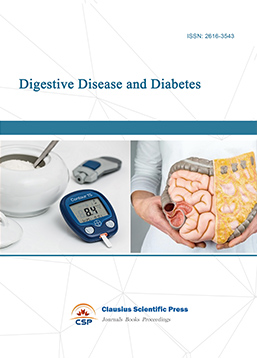
-
Advances in Immunology and Vaccines

-
Nanomedicine and Drug Delivery
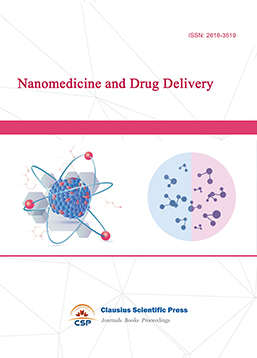
-
Cardiology and Vascular System
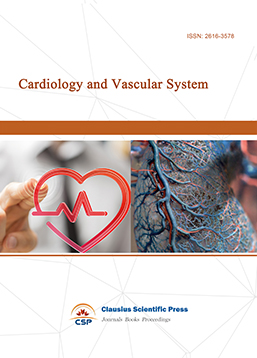
-
Pediatrics and Child Health
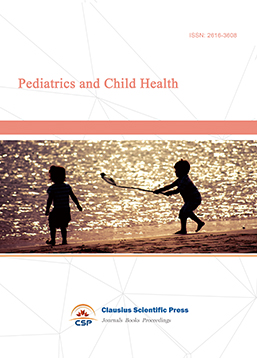
-
Journal of Reproductive Medicine and Contraception
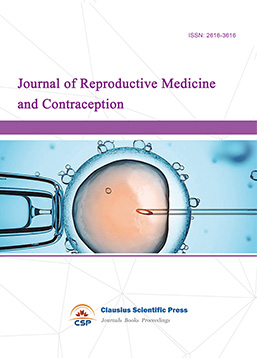
-
Journal of Respiratory and Lung Disease
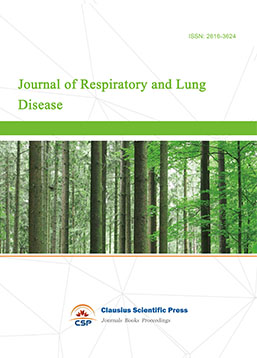
-
Journal of Bioinformatics and Biomedicine
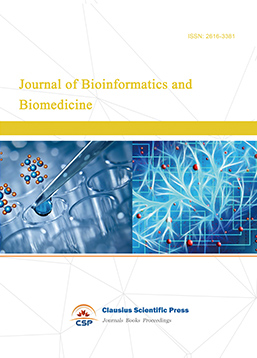

 Download as PDF
Download as PDF